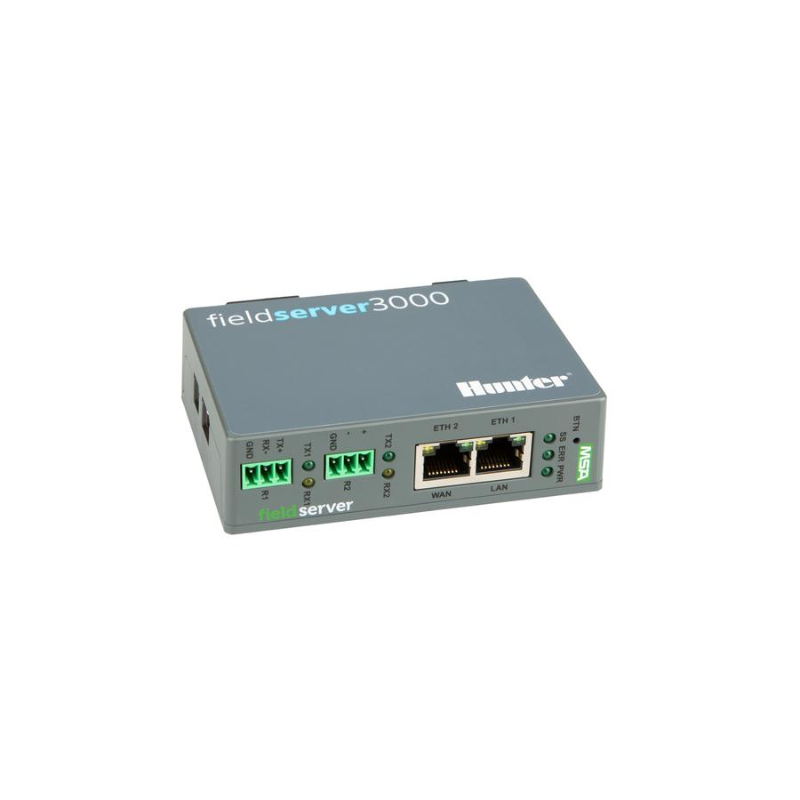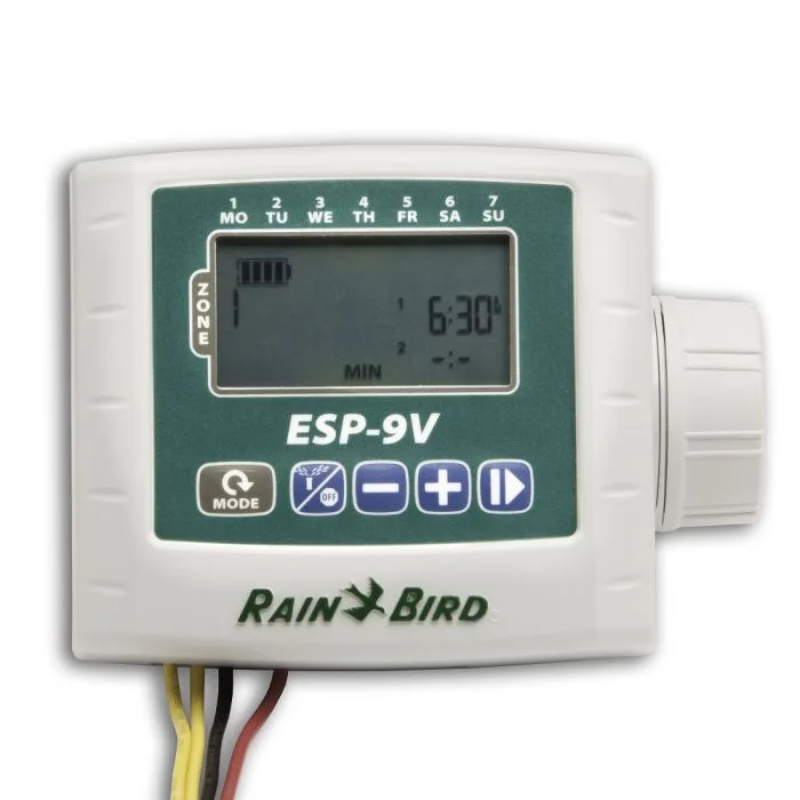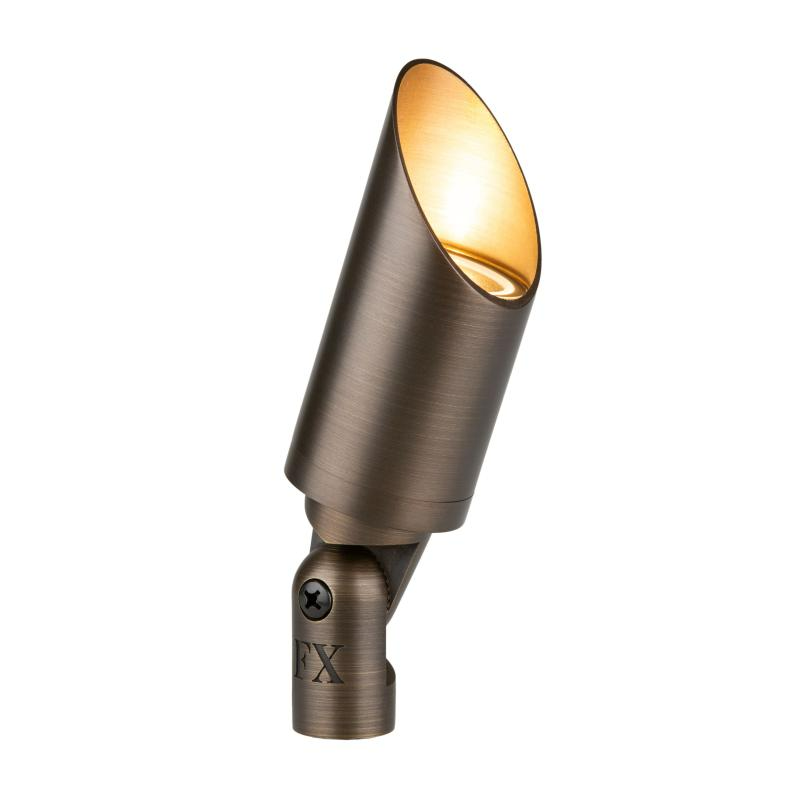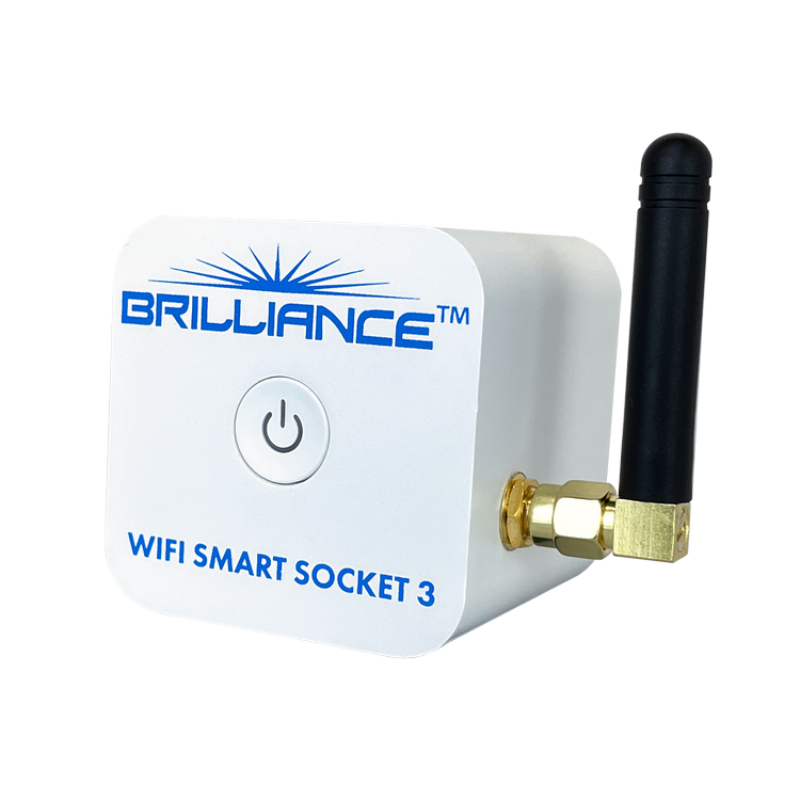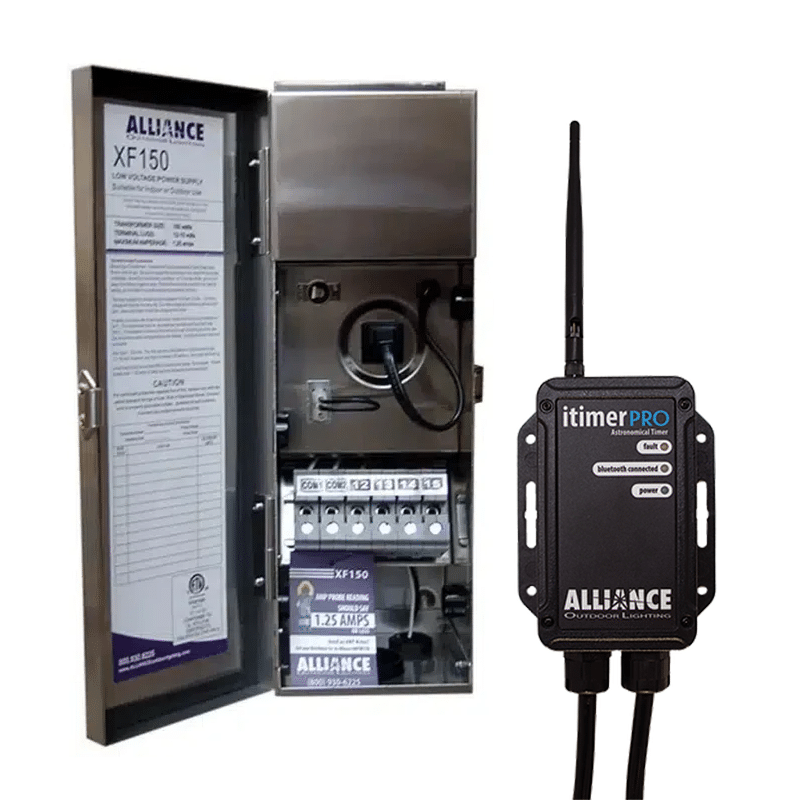Guide on Watering Existing Grass:
Assuming you have recently had a framework introduced and your yard is as of now deeply grounded, keep the accompanying guidelines:
1. Don’t overwater. Overwatering can be similarly as hurtful to your scene as not watering by any means. Turf may on occasion become brown, yet is very tough and will “quickly return” while your watering plan is acclimated to accommodate. Overwatered scenes, in any case, can turn out to be forever harmed.
2. Water regularly for the initial 1 fourteen days. We recommend watering your yard promptly in the first part of the day to be certain the new cuts and channels get satisfactory water and don’t brownout.
3. After this period water just a single time, promptly in the first part of the day, 2-3 times each week. Rotor zones ought to run for around 20-30 minutes and splash zones 5-10 minutes.
4. Keep this timetable except if it turns out to be exceptionally hot and dry. Assuming your yard is by all accounts dry or earthy colored increment the recurrence or term of your watering. It could be smarter to waterless continuously, yet add more run chance to your zones. You can run your rotors as long as 45 minutes for each zone and showers as long as 15 minutes for every zone. This relies upon the dirt kind and slant of your yard. You would rather not overwater and have an overflow.
5. Actually look at your grass. If by some stroke of good luck certain regions of your yard are dry or brown, just increment the zones in those areas.
Existing Shrubs and Annuals:
Water existing bushes 2-3 times each week for around 15 minutes for every shower zone and 30-an hours for dribble zones. In the event that you have a lot of annuals, you might need to increment watering recurrence. Annuals might be watered as much as day to day or each and every other day. Notwithstanding, lessen zone running times to 5-10 minutes for showers, and 20-30 minutes for dribble zones.
Guide on Watering New Sod:
It is vital to keep new turf wet for no less than 2-3 weeks. It takes a great deal of water, particularly assuming that the weather conditions are exceptionally sweltering and dry. Adhere to these directions to be certain that your new grass is watered appropriately.
1. Water Thoroughly: Rotor zones ought to run for around 30-40 minutes for every zone and shower zones 10-15 minutes for each zone.
2. Water Frequently: Sod regions ought to be watered no less than 2 or multiple times a day today for the initial fourteen days.
3. Quit Watering: After 2-3 weeks, when your grass is by all accounts exceptionally immersed and the turf is developing long, switch the sprinkler off. Allow the yard to dry out for a decent 3-5 days. This is normally a great chance to cut the grass, while the yard is dry and not damp.
4. When the grass is cut, we recommend simply watering one time each day, during the early morning hours. Starting after 12 PM and completing before 8 am is ideal. During this time, run rotor zones for 20-30 minutes and splash zones for 5-10 minutes.
5. In the event that the yard actually appears to be exceptionally wet, lessen run times or recurrence. Assuming there are dry regions, you might need to increment run times or recurrence for zones in those areas. It might require an investment to sort out precisely the amount of water, yet you would rather not squander water or suffocate your turf.
Guide on Watering New Seed/Hydroseed:
Seed and hydroseed watering methodology are basically the same as watering new grass. You need to water it oftentimes, however, don’t run the zones as long as you would for grass. Following a similar recurrence as new grass, you ought to just run rotor zones for around 10-15 minutes, and shower zones for around 5 minutes. You just have to keep the seed and top of the surface wet. Don’t overwater, as the seed and soil will wash away in the subsequent run-off.
Guide on Watering New Plantings:
Plantings are totally different than grass. Plantings can suffocate rapidly if overwatered. Establishing zones ought to be on a different program and watered less every now and again than turf.
1. Water Thoroughly: When new bushes are planted, it is prescribed to absorb them. We recommend watering splash zones for 30 min for each zone, 3 times each week. Run this timetable for multi-week as it were. Following multi-week, water plantings just 2-3 times each week for around 10-15 minutes for every splash zone, and 30-an hours for trickle zones.
2. Really look at Soil Moisture: It is vital to contact the dirt in the establishing beds to perceive how wet it is. On the off chance that the dirt is wet and soaked, decrease watering. You might need to dig under the mulch somewhat to precisely quantify how wet the dirt truly is. Plants will shrink and become yellow assuming they are overwatered (similarly as they would on the off chance that they were underwatered), so it means a lot to feel the dirt to guarantee they are not being suffocated.

